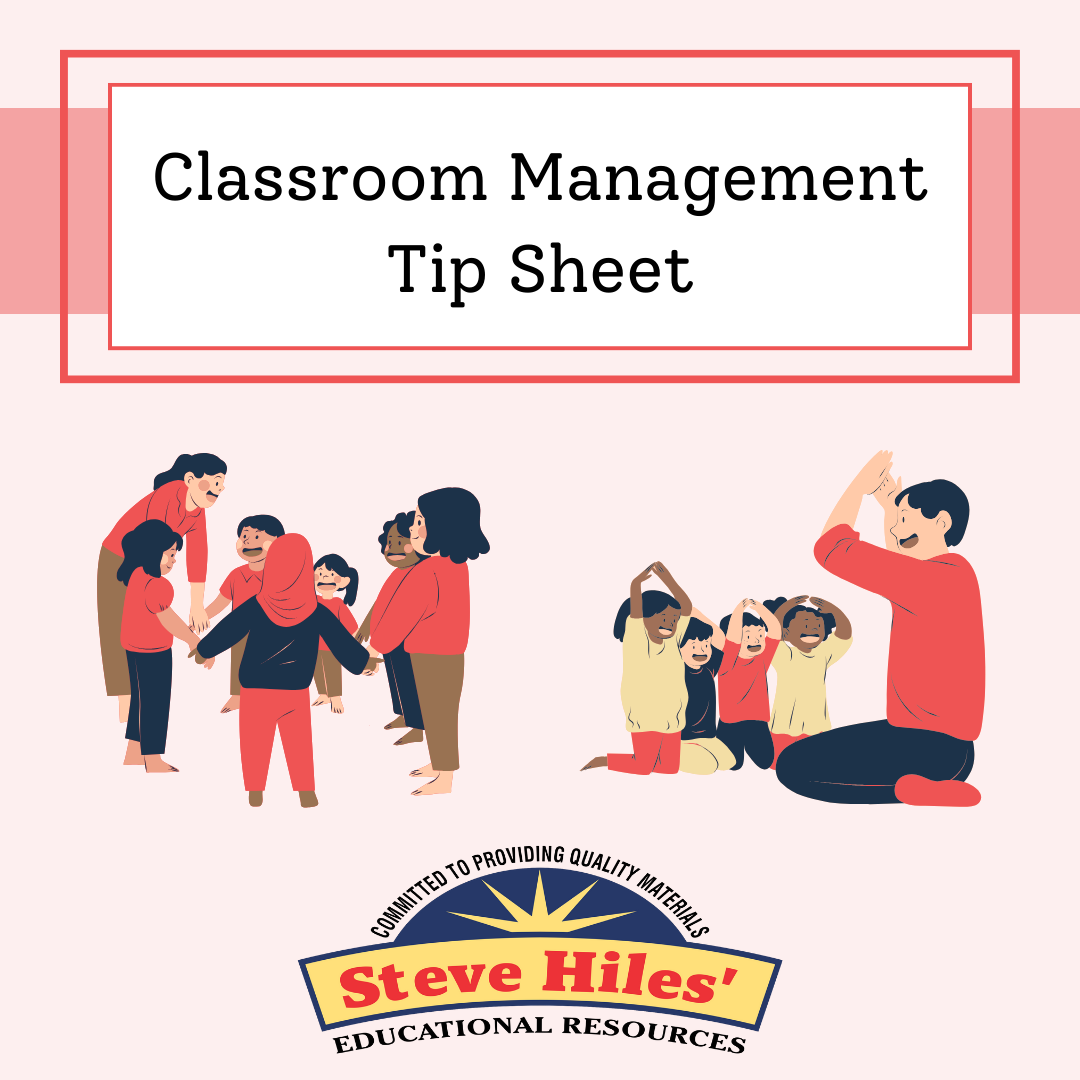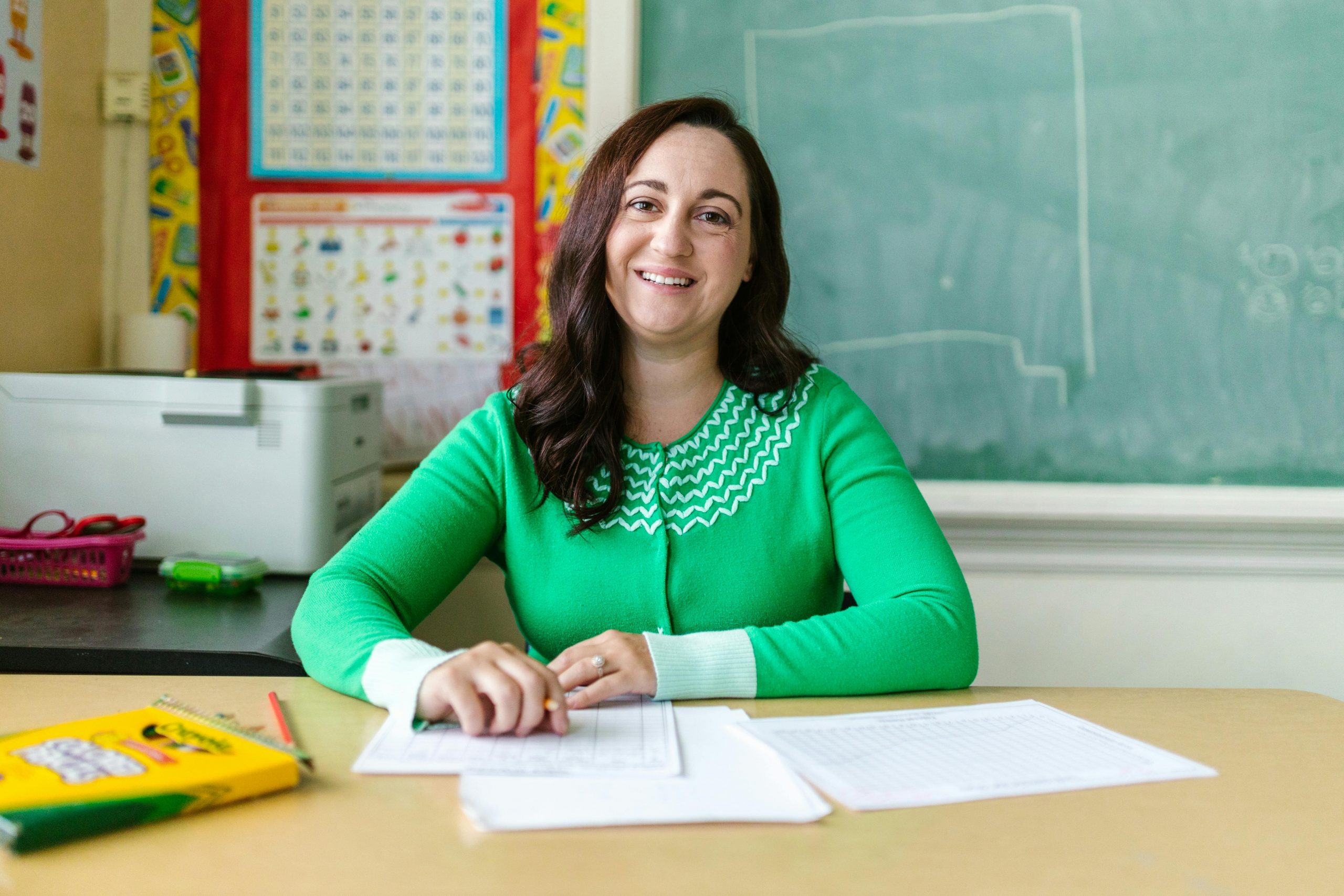This is for all you first-year teachers out there facing what is often one of the most nerve-wracking events of the year: Back-to-School Night. It’s that night where you stand in front of parents and explain what their children will be learning throughout the year… while you might still be figuring out what you’re doing tomorrow!
Let me tell you right off the bat: you are not alone. This is a rite of passage, and even the most experienced teachers remember their first Back-to-School Night with a little nervous laughter. So, I’ll Walk you through key strategies to help you feel confident and prepared, even if you don’t have all the answers just yet.
Table of Contents
ToggleKnow the Big Picture
The first key to nailing Back-to-School Night is to focus on the big picture. As a new teacher, you might not have every lesson planned for the entire year—and that’s okay! You don’t have to. What parents really want to hear about are the major themes and goals for their child’s learning.
Take a look at the curriculum and think in terms of broader units or overarching topics. For example, in math, maybe you’ll cover foundational concepts like addition and subtraction early in the year, and later move into geometry. In language arts, you might focus on strengthening reading comprehension and writing skills.
Even if your lesson plan for next Tuesday is still up in the air, share those big concepts with parents to give them a sense of the journey their child will be on throughout the year.
Highlight Classroom Culture
When you talk about classroom culture, you’re not just describing the environment—you’re sharing your teaching philosophy and how you plan to make the classroom a safe, inclusive, and engaging space for all students. Here’s how you can dig deeper into this topic for Back-to-School Night.
- Establishing Routines and Expectations: One of the most important things parents want to know is how you plan to maintain structure in the classroom. They want to ensure their child feels safe and understands the boundaries. You can say something like:
- “From the first day, we’ll establish routines for everything from how we transition between activities to how we respect each other during discussions. These routines not only create a sense of order but also help students feel secure, knowing what’s expected of them.”
Be specific about some of the key routines you’ve implemented. For example, you could mention morning check-ins or daily exit tickets as tools to help you gauge where students are emotionally and academically.
- Fostering Social-Emotional Learning (SEL): Parents are increasingly concerned with their children’s emotional well-being, so mentioning how you incorporate SEL can reassure them. You could explain how SEL fits into your classroom culture by saying:
- “Beyond academics, I want to help students build essential life skills like empathy, resilience, and problem-solving. We’ll regularly engage in activities that promote emotional awareness, such as group discussions on feelings, conflict resolution strategies, and teamwork projects.”
This is a great way to emphasize that you’re not only teaching academics but also helping students develop the interpersonal skills they need to succeed both in and out of the classroom.
- Positive Behavior Management: Make sure to address how you’ll manage behavior in a positive and constructive way. Instead of focusing on punishments, talk about how you’ll reward good behavior and how you deal with challenges. You might say:
- “In my classroom, we’ll use a positive reinforcement system to celebrate student successes. For example, students can earn points for teamwork, respect, and perseverance, which can then be traded for classroom privileges like leading a group project or choosing the book for read-aloud time.”
Highlight that positive behavior management isn’t about controlling students but guiding them to make better choices, which makes for a more supportive learning environment.
- Parent Involvement in Culture Building: Make sure to invite parents into the process as well:
- “I believe building a strong classroom community is a team effort, and that includes you! I welcome parent input and involvement, whether it’s through volunteering, sharing feedback, or just staying in touch about your child’s progress.”
This will reassure parents that they have an active role in their child’s educational experience and that they’re part of the support system you’re building.

Have a Few Examples Ready
Even when you’re still figuring out your daily plans, having a couple of specific examples of projects or activities can give parents a clear idea of what their child will experience in your classroom. Here’s how you can approach this in a more detailed manner:
- Choose Examples Aligned with Major Subjects: Focus on two or three specific activities that represent the main areas of the curriculum—math, science, reading, etc. Here’s how you might explain this during Back-to-School Night:
- “In math, we’ll kick off the year by diving into place value. One of the hands-on activities I’m excited about is called ‘Number Building,’ where students use base ten blocks to physically build and manipulate numbers. This not only helps them grasp place value but also reinforces their understanding of addition and subtraction.”
For reading, you could mention:
- “We’re also going to have ‘Book Club Fridays’ where students get to choose books based on their interests and have small group discussions. This encourages a love of reading and also strengthens their comprehension skills.”
- Incorporating Technology and Creativity: If you’re using technology, project-based learning, or creative activities, parents will be eager to hear about it. For example:
- “One of the projects I’m really excited about is a science unit on ecosystems. After learning about different ecosystems, students will create digital posters using an app called Canva to showcase what they’ve learned about a specific ecosystem, including its flora, fauna, and climate. It’s a great way for them to apply what they know and also learn digital design skills!”
This example shows not only your enthusiasm for teaching but also how you’re integrating technology in ways that engage students and prepare them for the future.
- Demonstrating Collaboration and Critical Thinking: Many parents want their children to develop collaboration and problem-solving skills. Highlight any group projects or inquiry-based activities that emphasize these qualities. For example:
- “In social studies, we’ll be doing a project where students create a mock town based on different historical periods. Each student will take on a role—like a merchant, a farmer, or a blacksmith—and work together to create a functioning community. This project teaches them about history, but also how to collaborate and think critically.”
- Include Student Choice: Mention how you’ll provide opportunities for student choice in the learning process. Parents love hearing about this because it means their child will be motivated by personal interest. For example:
- “Throughout the year, students will have ‘Genius Hour,’ where they get to research a topic of their choice and present what they’ve learned to the class. This helps them take ownership of their learning and explore topics they’re passionate about.”
By focusing on a couple of specific, exciting projects, you can reassure parents that their child will be engaged and challenged in your classroom.
Make Communication Easy
Back-to-School Night is also the perfect time to set expectations for communication. Let parents know the best way to reach you and how often they can expect updates on their child’s progress. Whether it’s through weekly newsletters, email updates, or a classroom app like ClassDojo, make it clear that you’re available and open to conversations.
You can even hand out a simple info sheet with your contact details and any important class policies. This not only shows parents you’re organized but also makes them feel connected.
Be Honest but Positive
One of the best pieces of advice I can give is to be honest. If you don’t know the answer to a question, it’s perfectly fine to say, “That’s a great question! Let me look into it and get back to you.” Parents will appreciate your transparency and willingness to find the right information.
At the same time, always stay positive. Even if you feel a little uncertain about parts of the year, let your enthusiasm for teaching and helping their children succeed shine through. Positivity is contagious, and if parents see that you’re excited, they’ll be more excited too.
So, there you have it! Back-to-School Night doesn’t have to be a source of stress. With a focus on the big picture, a clear vision for your classroom culture, a few examples in your back pocket, and an open line of communication, you can make a great impression even as a first-year teacher.
Remember, it’s all about connection and reassurance. Parents just want to know their child is going to have a successful year, and you’re the perfect person to give them that confidence.









